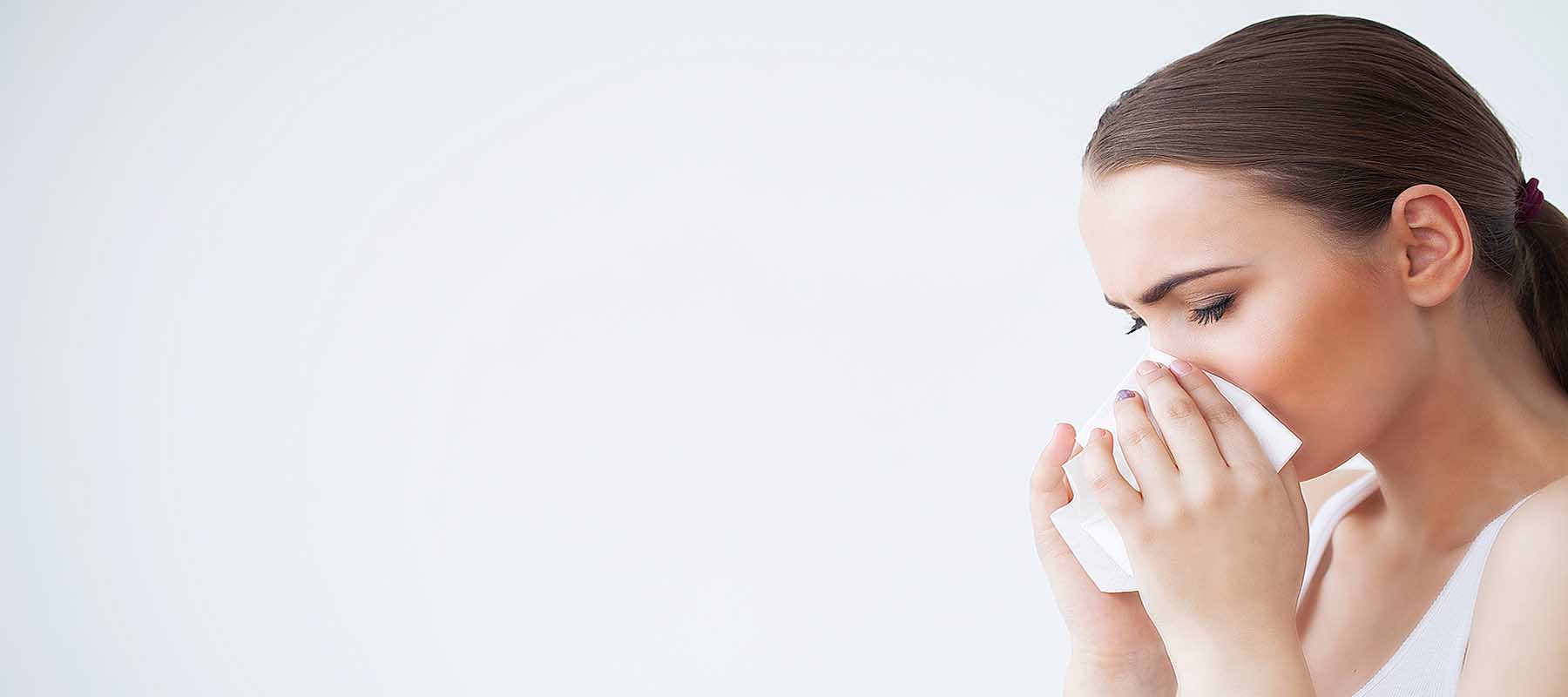We get lots of questions from people about special allergy sheets for dust mite allergies.
If you aren’t allergic to the dyes and resins that are used in some home textiles, then you really don’t need special allergy sheets if you have dust mite allergies.The important thing to look for in dust mite sheets is washability and durability.
If you have allergies to dust mites allergy, you know that even if you have a dust mite cover on your mattress you still must wash your sheets every 7 days in 140°F water. You want sheets that will stand up to this constant washing without wearing out. If you buy sheets with bright, vibrant colors, don’t be surprised if they fade quickly. If you buy satin type sheets they will also be ruined fairly quickly.
The best sheets for dust mite allergy are sheets with a high cotton content for comfort and a thread count that will stand up to washing. Personally, I just use natural cotton sheets.If you like flannel-type sheets or sheets with bright vibrant colors, then wash them in cold water and use De-Mite laundry additive. The cold water won’t ruin the fabric or fade the dyes and the De-Mite will kill the mites and wash them away. You can safely wash your satin sheets in cold water and De-Mite also.
If in addition to your dust mite allergies you are allergic to the chemicals used to treat fabrics (resins, sizing, finishes) then stick with natural cotton. If you see cotton sheets that are bright white, you know they aren’t natural cotton. Unbleached cotton is a cream color. It will lighten with each washing. If your budget doesn’t allow for organic cotton sheets, then go for natural cotton.
In summary, the best allergy sheets are the sheets you probably already own. Money is tight so use what you have and just improve on it. Just wash weekly in extremely hot water (140°F or more) or wash with cooler temps and just add De-Mite.
©Copyright 1996-2013 AllergyStore.com™ All Rights Reserved

